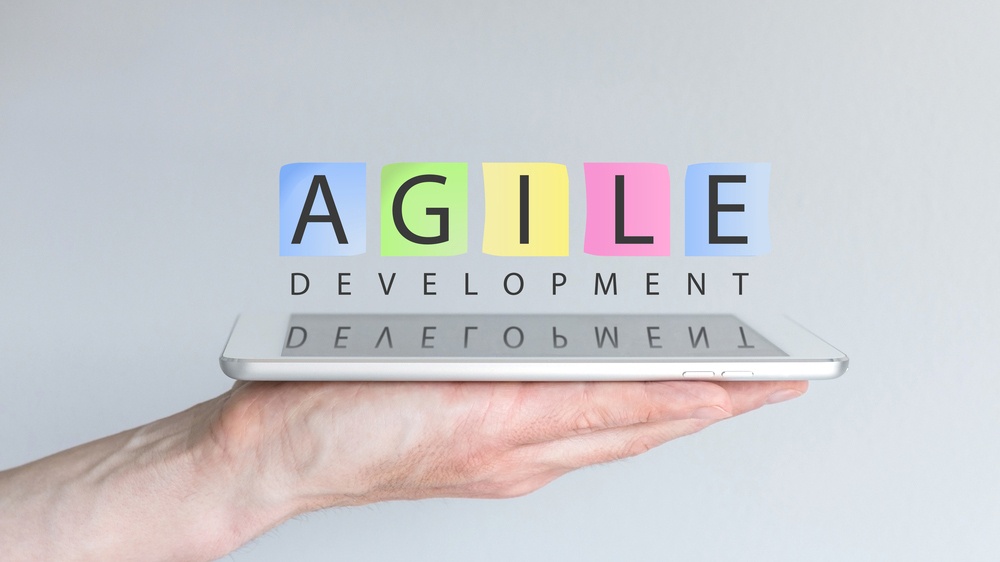Project Management In eLearning: From Kickoff To Completion
It’s often said that the successful execution of an idea is one percent inspiration and 99 percent perspiration. So while it’s true that big ideas and eLearning expertise are important, you can’t exactly execute anything without both – and perspiration in the form of project management proves mission-critical, from kickoff to completion.
There are often countless moving parts and people involved in a project, and for an all-hands-on-deck project, everyone needs to know the role they play as well as when and how to document, track and review each step in order to successfully pass the baton to the next person.
To help manage it all, we’ve itemized four high-level, mission-critical steps that can easily be adapted and implemented for your next project.
1. Kickoff
Unsurprisingly, most project development cycles begin with a request. With a project kick-off call or meeting, you have the opportunity to meet with the stakeholders and SMEs to discuss the soup-to-nuts of the project. From here, all interested parties can communicate vision, requirements, expectations, deliverables, concerns, budgets, potential risks or issues, and questions. Further, this serves as the time to devise a tentative schedule, and establish the roles and responsibilities of each team member.
Here’s a preliminary cheat-sheet of questions and considerations for you to establish on the kickoff call:
- Who’s In Charge
- How Success Is Measured
- Learning Objectives- What needs to be learned?
- Who needs to learn it?
- What do they need to know before they can start? - Technology Consideration- Will the learners have access to computers and/or mobile devices?
- Where will the course be hosted?
- Does the course need to be trackable?
- How much multimedia will be required/requested?
2. Planning
This is the time to preemptively plan your attack. Be sure to create a schedule of deliverables, due dates, responsibilities, and items to be completed. But – and this is critical – be sure to get the stakeholders to sign off on the plan before anyone begins to execute. Then, plan the preparatory items that need to be completed before you even begin the project, such as IT constraints with the client, multimedia restrictions, content specifications, availability of the client’s SME. And again, make sure the learning goals and performance objectives are agreed upon by the client.
3. Execution
Now, this is the meat-and-potatoes, heavy lifting for the project. That’s not to discount steps one and two, of course, but much of the bulk of the work happens here. Putting your plan into action, the execution phase is – at its simplest – where you determine if you’ve got the right resources – and enough of them – for each activity in the project.
It is important to remember that when things don’t go according to your plan – and so often they don’t – that a project of this magnitude should be treated as a living, breathing entity, complex in nature and inevitably evolving over time. Be prepared to modify your plan, deviate from it and sometimes – though not often – scrap it and start over. Flexibility and adaptability are key here.
When you execute, you will need:
Research
This is the time to gather content. Gather materials, identify content gaps and continue research in order to fill them. Take the time to align your research and subsequent content with the learning goals while gathering the necessary images, logos, templates and design, color schemes and typography for the project. And don’t forget to share your research with stakeholders for approval.
Instructional Design
With learning goals, ideas, and activities established, it’s now time to determine your instructional approaches, such as gamification, storytelling, simulations, and beyond.
Create a document that demonstrates the instructional strategy in detail, including content, the necessary multimedia and any other related elements in order to establish the blueprint of the project.
Storyboarding
Storyboards help you arrange the project flow visually in order to show the client what to expect, including scripts for the content and voice-overs. Consider including different voice-overs for client approval.
Development & Production
Prototype a graphic user interface for your course to give the client a realistic idea of the look and feel for the project. This is also an opportunity to determine the graphics, photos, characters and animation – and get approval. Once you’ve determined all designs and assets, it’s time to develop the eLearning program.
Integration & Delivery
Here, you’ll publish the online course and share it with the stakeholders. The course can be loaded and delivered with an existing platform and offered as a time-referenced course, or it could be delivered as a one-time downloadable version through the system.
4. Completion
While it seems like it should be an obvious benchmark, experienced eLearning Project Managers know that it’s best to co-sign what will constitute the end of the project. Maybe it’s when you provide the published product - or maybe when it’s successfully added to the LMS. But what you consider ‘complete’ may be another’s ‘in-complete’ so best to clarify specifics. Be sure to determine that benchmark early, to avoid repeated extensions of your timeline and additional costs.
Here’s a cheat-sheet checklist for both you and the client to determine completion:
- Final approval
- Implementation
- Course loaded into the LMS
- Communication to audience
- Completed course provided to client
- All source files provided to client
- Relevant administrative tasks complete
- Course maintenance and updates arranged
Bonus Pro Step: Debrief
After the project, ask clients or stakeholders what they thought went well, and what areas could have used improvement. This step benefits both you and your clients, as this is when you can determine – and learn from – what went well, what went wrong, and what could have gone better to apply to future projects.
Project management is a delicate balancing act, juggling people, talents, timelines, budgets, and expectations to yield a result that meets everyone’s approval – no small feat. But with a careful and thoughtful strategy – from kickoff to completion – and an adaptive approach, eLearning project management can be, well, manageable.








